Photos: Birds Evolved from Dinosaurs, Museum Exhibit Shows
Mei long
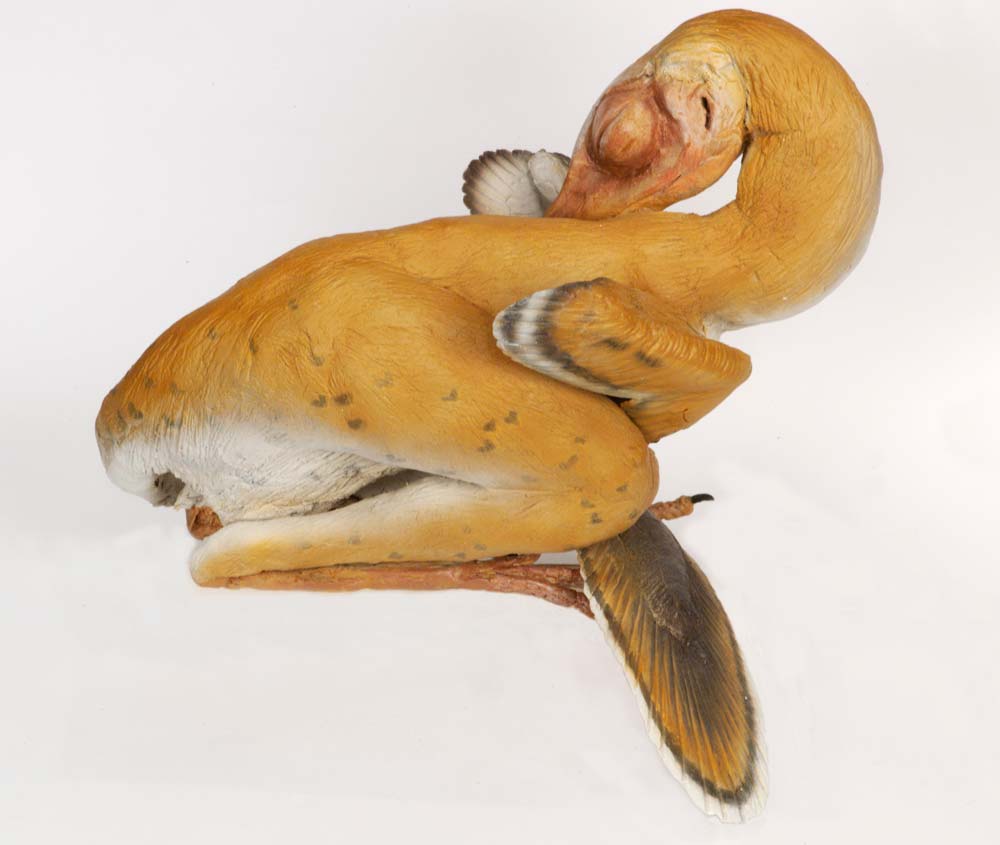
This small creature, killed and preserved by an ashfall or poison gases from a volcano, has a name meaning "soundly sleeping dragon." It's rare to find remains preserved in a life pose, and this one, resembling a sleeping bird, ties the species back to modern-day birds.
T. rex wishbone
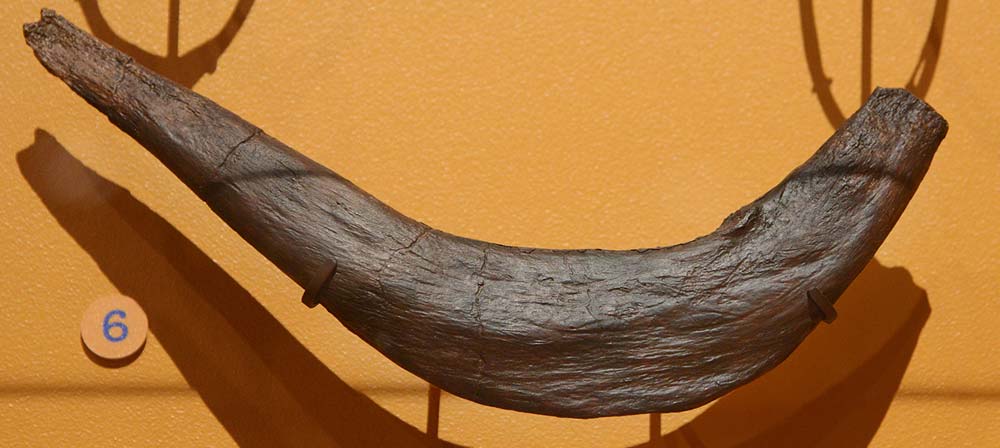
Wishbones are diverse in size and shape, and were thought to reinforce the animal's body for flight, until this example. This fossil belonged to a non-avian dinosaur, the T. rex, which reveals that the furcula, or wishbone, is completely unrelated to the origin of flight.
T. rex

As seen in this illustration, juvenile T. rex likely had a thin covering of downy feathers for warmth. Adults of the species would not need the layer for warmth, but the plumage could have been used for displays, as in some modern bird behaviors.
Velociraptor fossil
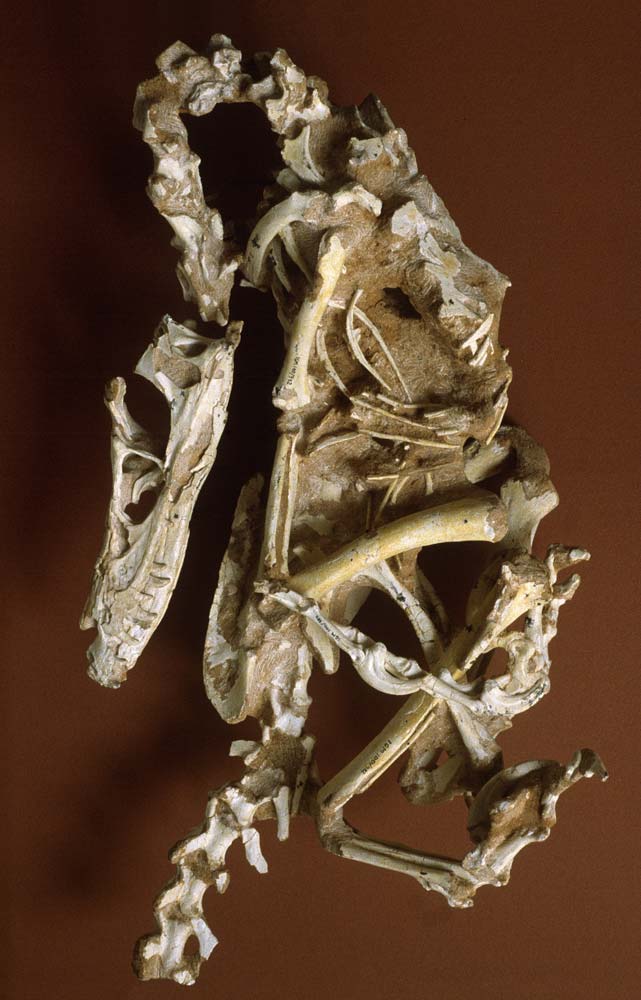
An exceptional fossil missing only the end of its tail, this adult Velociraptor mongoliensis is a member of the theropod group, alongside T. rex and today's birds.
Velociraptor
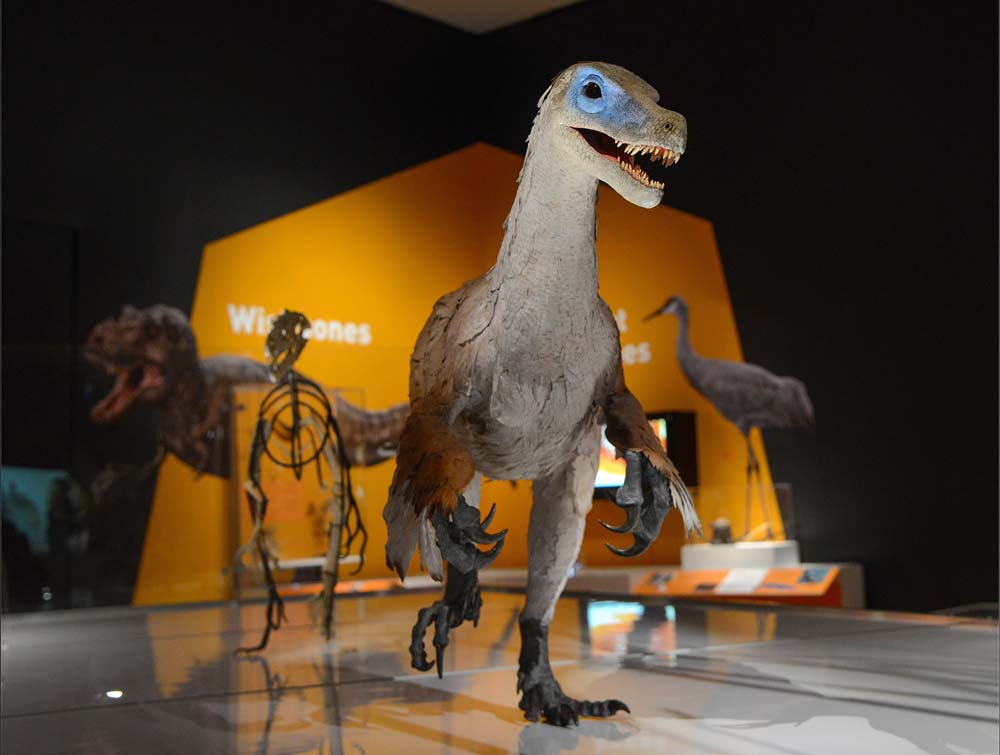
With characteristics like hinged ankles, swivel-jointed wrists, birdlike feet, a wishbone and even feathers on its forearms and tail, the Velociraptor mongoliensis clearly has many similarities to living birds.
Struthiomimus

With a name meaning "ostrich mimic," the theropod dinosaur Struthiomimus altus has has legs similar to those of ostriches today as well as a toothless beak, as do modern birds.
Archaeopteryx

In 1861 when Archaeopteryx was chronicled for the first time with wings and feathers, scientists thought it might be the first bird. But after more research, scientists realized it wasn't a good flier. To set it even farther apart from modern birds, it also sported a toothy beak and a bony tail.
Get the world’s most fascinating discoveries delivered straight to your inbox.
Surprising connections
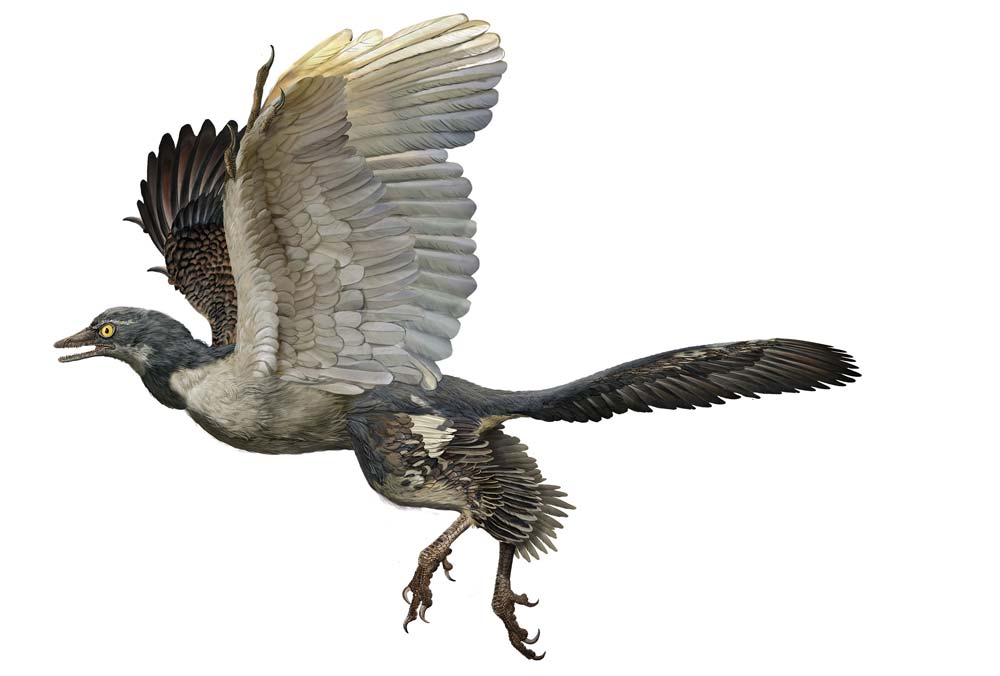
Offering unexpected support to Darwin's proposed theory of evolution by means of natural selection, Archaeopteryx fossils offered evidence of a transition between nonavian dinosaurs and birds.
Psittacosaurus

Initially, scientists connected the Psittacosaurus, or "parrot lizzard," to the Triceratops family due to its curved beak. However, evidence of feathery fibers on the tail caused scientists to rethink that relationship. The feathery fibers are an evolutionary step toward feathers and have been discovered on many dinosaurs.
Sinornithosaurus

The Sinornithosaurus millennii, discovered by Chinese and American Museum of Natural History scientists, sported feathers comparable to our modern birds, yet the animal could not fly.


